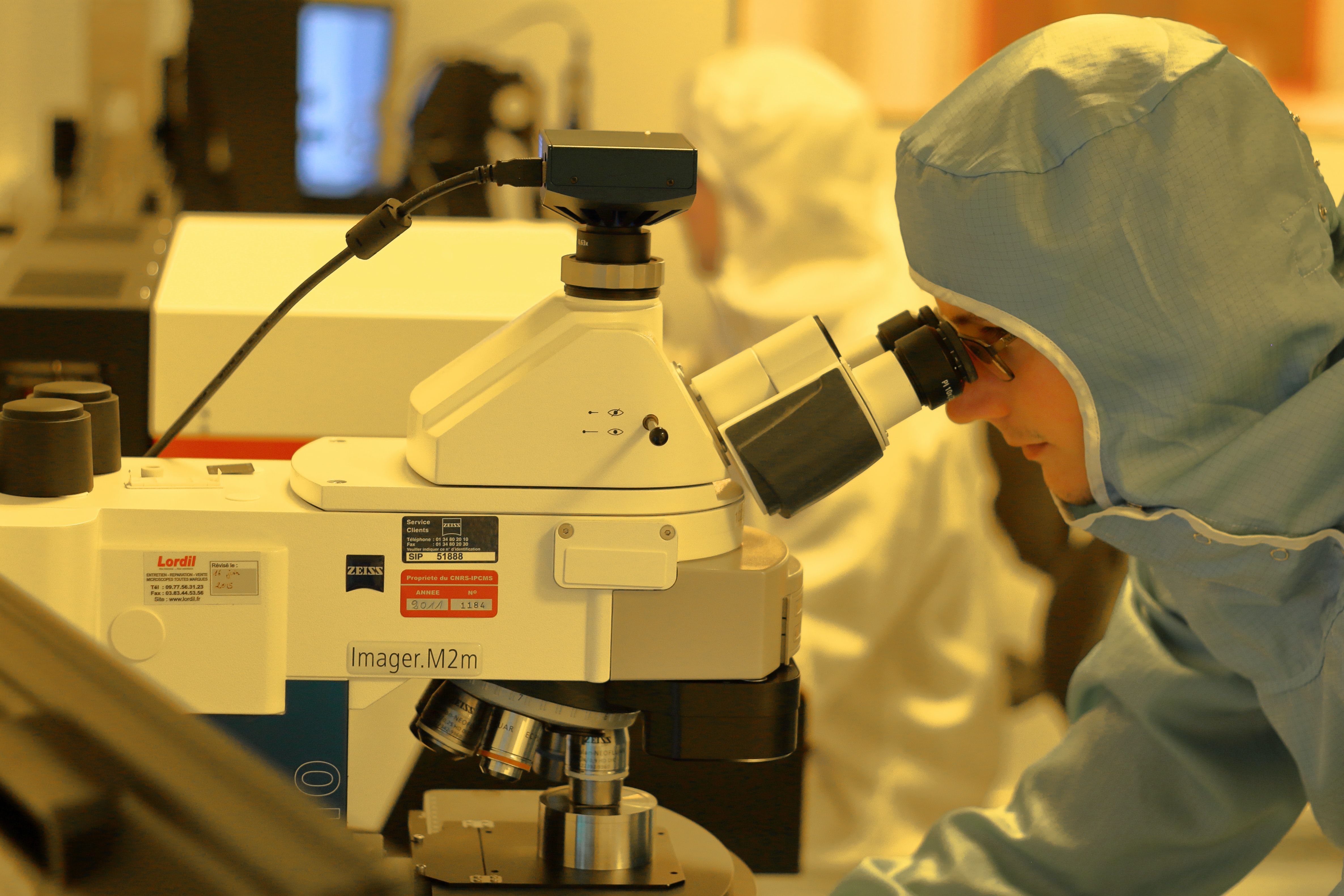Specific T Cell Response Can Prevent Severe COVID-19 Infection
A small study focused on patients' infection response from symptom onset to recovery or death.

T cells play an important role in clearing novel coronavirus 2019 (COVID-19) infection from the body and shifting focus to T cell response may shed light on effective vaccine development, according to a paper published in Cell Reports.
Investigators from Singapore studied the changes in virological and immunological patterns in 12 COVID-19 patients in order to determine the role of T cells in virus response. The patients were followed from infection onset through either recovery from the disease or death, the study authors said. Few studies have monitored COVID-19 patients longitudinally, they said, so they aimed to add to that body of work.
A press release explained that humoral immunity is maintained by antibodies, but cellular immunity is controlled by T cells. Learning more about how T cells may impact cellular immunity against COVID-19 would be beneficial in controlling disease progression, the study authors noted.
The study authors collected peripheral blood samples from the infected patients and quantified COVID-19 viral RNA in the respiratory tract from the patients. The investigators also generated T cell lines and then cultured the lines for 10 days, they noted. The T cells lines were stimulated and subsequently stained for analysis.
The patients had different profiles of virus quantities, the study authors said. In 4 patients, the investigators noted short infection duration (PCR-negative after 15 days of symptom onset); 5 patients were PCR-negative between days 17 and 24; 2 patients were PCR-negative after 1 month from symptom onset; 1 patient was PCR-positive for 31 days, at which point the patient died. They observed that peak viral quantities were positively correlated with infection duration.
The study authors also found that there were patients who eliminated the virus within 15 days but only experienced mild respiratory symptoms. However, there were also patients with moderate or severe symptoms that required oxygen. In all cases, the patients eliminated the virus from the upper respiratory tract, the authors said. Patients with mild symptoms had lower viral loads detected compared to patients that experienced moderate or severe symptoms, the study authors also learned.
All patients eventually developed neutralizing antibodies, the study authors found, with the peak activity being observed between 9 to 15 days after symptom onset. They learned that the overall magnitude of COVID-19 peptide-reactive cells were not proportional to the severity of the disease. For example, higher frequencies of interferon-γ-secreting cells were present in mild cases (both in the early stages and later stages of the disease) but not moderate or severe COVID-19 patients.
There was a statistically significant direct correlation between the early appearance of COVID-19 peptide-reactive cells and shorter duration of infection, the study authors wrote, which “suggests that T cells play an essential role in the control of SARS-CoV-2 infection.”
“It is time that T cell monitoring should be considered in providing a comprehensive understanding of the immune response against SARS-CoV-2,” corresponding author Antonio Bertoletti said. “This would also mean that a vaccine will likely be more effective if a holistic induction of both antibodies and T cells occurs.”
Despite the small study cohort, the study authors concluded, the longitudinal analysis showed that the frequency of COVID-19-specific T cells rapidly decreased after infection clearance.
Newsletter
Stay ahead of emerging infectious disease threats with expert insights and breaking research. Subscribe now to get updates delivered straight to your inbox.
